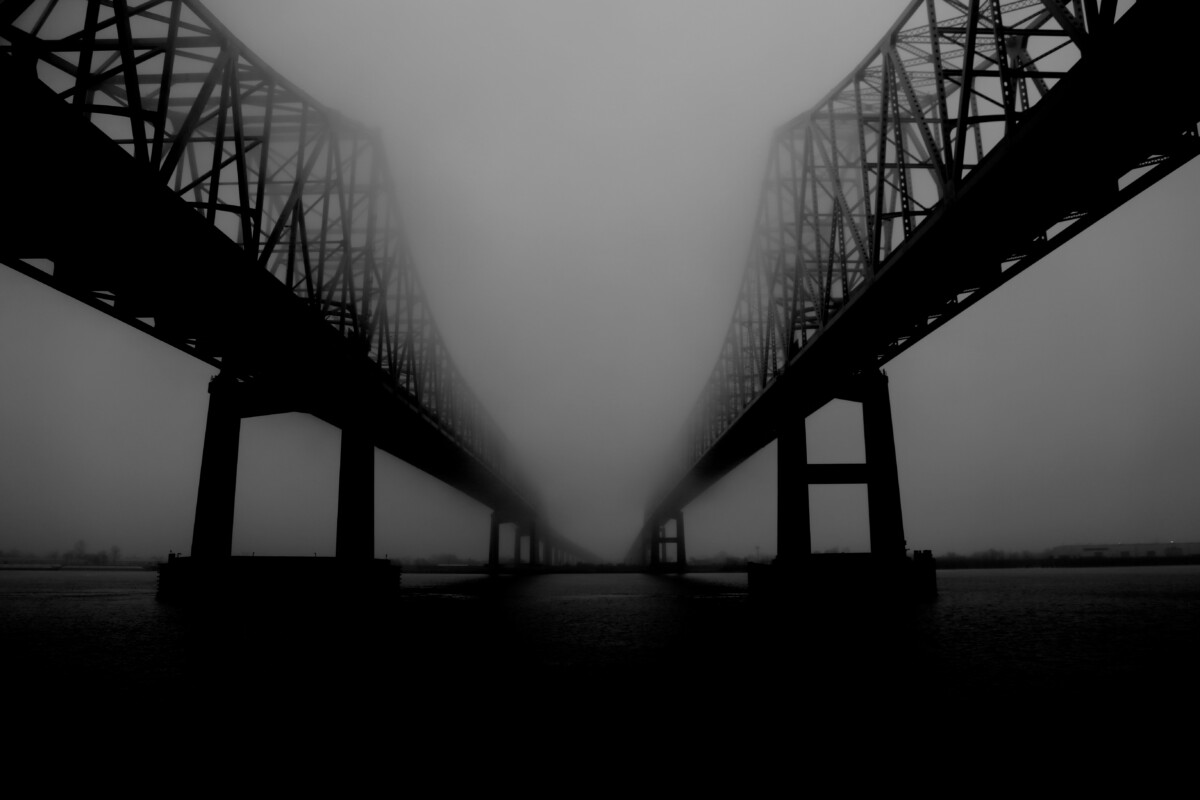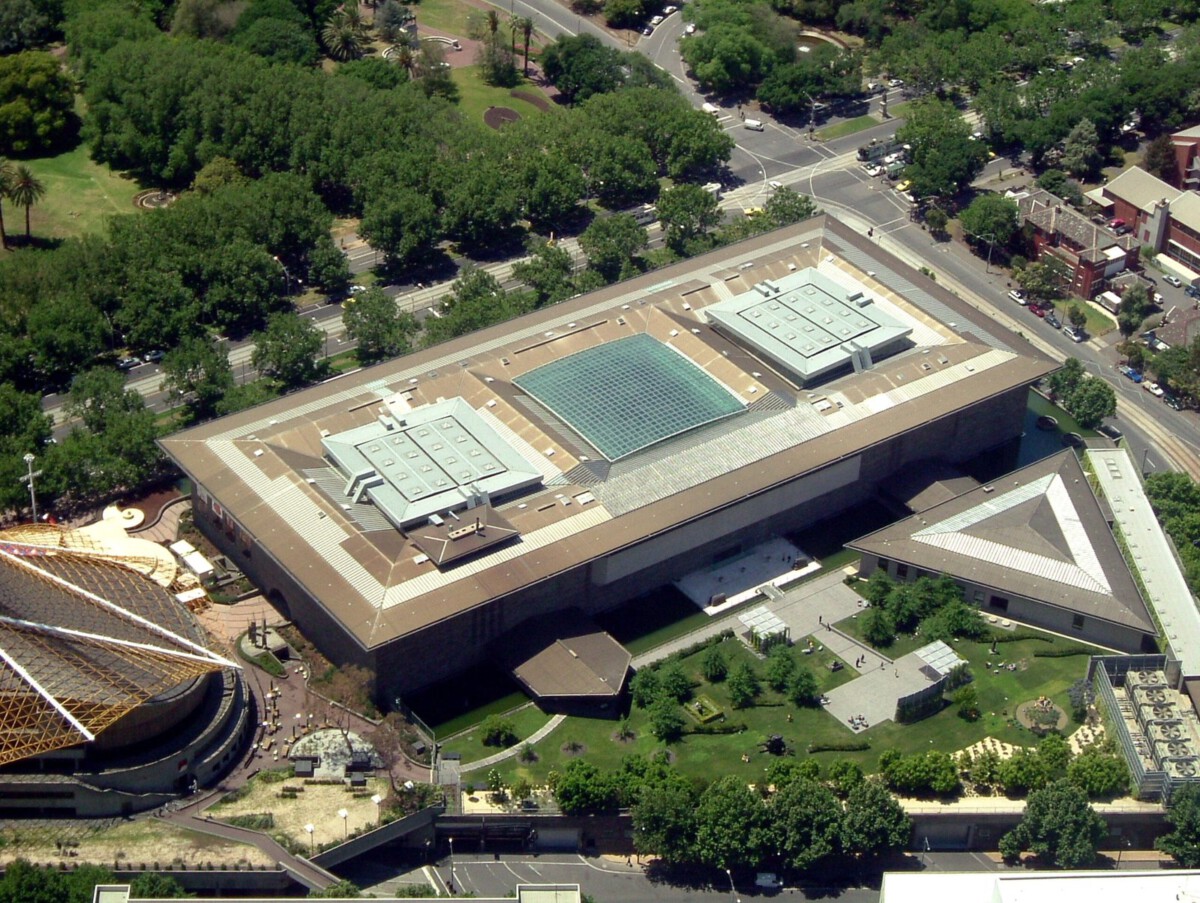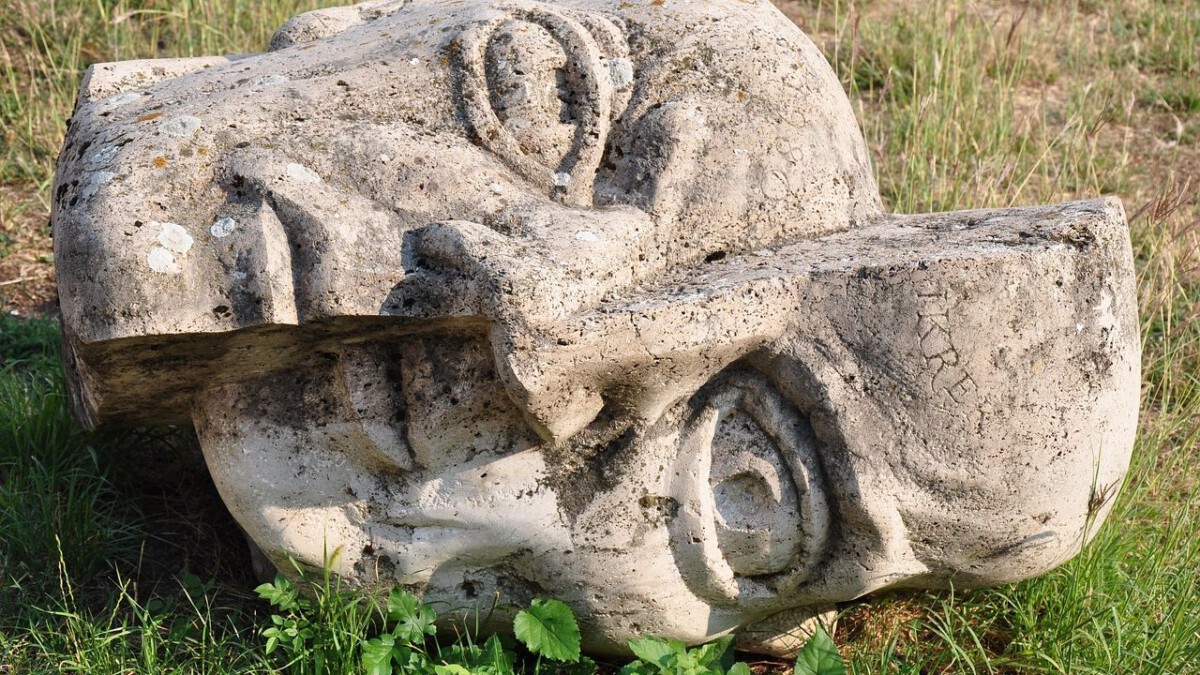The Unexpected Fate of a Coastal Gem

Nestled along the Gulf of Mexico, an unsuspecting city is facing an alarming future. This city, known for its rich history and vibrant culture, is none other than New Orleans. While many people associate New Orleans with jazz music and Mardi Gras, it is, unfortunately, gaining notoriety for something far less celebratory. The city is sinking at a rate that has scientists and residents deeply concerned. Unlike the slow-moving hands of a clock, New Orleans is losing ground rapidly, and the implications are far-reaching. Understanding why this is happening is crucial for both the city and others that might face a similar fate.
Understanding the Science Behind Sinking

The phenomenon of a city sinking is known as subsidence. In simple terms, it means the ground is gradually lowering. There are several factors contributing to this, and in New Orleans, these are particularly pronounced. One significant reason is the soft, marshy land on which the city was built. Over time, as water is extracted for human use, the ground compacts and sinks. Moreover, the levee systems designed to protect the city from flooding have inadvertently prevented the natural deposition of sediment that would otherwise help to build up the land. Scientists are racing against time to find solutions, as the city’s unique geographical and environmental conditions make it especially vulnerable.
The Role of Climate Change

Climate change is another major player in this unfolding drama. Rising sea levels are a direct consequence of global warming, and they exacerbate the sinking problem in coastal cities. In New Orleans, this is a double-edged sword. As the land sinks, the waters rise. The combination of these two factors spells trouble for the city’s infrastructure and its inhabitants. Extreme weather events, like hurricanes, are becoming more frequent and severe due to climate change, putting additional pressure on the city’s already strained resources.
Human Impact: A Double-Edged Sword

Human activities have accelerated the rate at which New Orleans is sinking. The extraction of oil and gas beneath the Earth’s surface has further destabilized the ground. Moreover, urban development and the paving over of natural landscapes have disrupted the natural water absorption processes. Every action has a reaction, and in the case of New Orleans, the consequences are becoming increasingly clear. The challenge now is to balance the needs of the population with the preservation of the environment, a task easier said than done.
Efforts to Combat the Crisis

Numerous initiatives are underway to address the sinking issue in New Orleans. Engineers and scientists are working on innovative solutions like creating artificial barriers and implementing water management systems. These efforts aim to protect the city from further subsidence and rising sea levels. However, the task is monumental and requires a collaborative approach involving government bodies, scientists, and the local community. While progress is being made, the urgency of the situation cannot be overstated. Each day, the city sinks a little more, and with it, the hopes of finding a quick fix diminish.
The Economic Implications

The economic impact of New Orleans’ sinking is profound. The city is a major hub for tourism, and its cultural and historical attractions draw millions each year. However, the threat of subsidence and flooding poses a risk to the city’s economy. Businesses must invest in protective measures, and insurance rates are skyrocketing. Additionally, the cost of maintaining and upgrading infrastructure to withstand the challenges of a sinking city is immense. These financial burdens weigh heavily on the city’s budget and its residents, who are already grappling with economic disparities.
The Social and Cultural Ramifications

New Orleans is not just a city; it’s a living, breathing tapestry of cultures and traditions. The threat of subsidence is not merely a physical one but a cultural one as well. As neighborhoods are threatened by water, the social fabric of the city is at risk. Communities that have thrived for generations face displacement. The cultural heritage, which includes everything from historic architecture to unique culinary traditions, is in danger. The loss of these cultural treasures would be immeasurable, not just for the residents of New Orleans but for the world.
Lessons for Other Coastal Cities

The story of New Orleans serves as a cautionary tale for other coastal cities. Places like Miami, Venice, and Bangkok are also facing similar challenges. The lessons learned from New Orleans’ experience can inform strategies and solutions for these other regions. It highlights the importance of sustainable development, proactive environmental management, and the need for global cooperation in tackling climate change. As scientists and policymakers work together, the hope is that the sinking of New Orleans will not be in vain but will serve as a catalyst for change worldwide.
The Role of Technology in Finding Solutions

Technology is playing a crucial role in addressing the sinking of New Orleans. Advances in satellite imagery and ground-penetrating radar are helping scientists better understand and predict subsidence patterns. Smart infrastructure, equipped with sensors and real-time data analysis, is being developed to adapt to changing conditions. These technological innovations offer a glimmer of hope in an otherwise daunting situation. However, technology alone cannot solve the problem; it must be integrated into a broader strategy that includes policy changes and community engagement.
A Call to Action

The sinking of New Orleans is a wake-up call for all. It is a stark reminder of the delicate balance between human development and the natural world. Immediate action is required to mitigate the effects of subsidence and protect the city’s future. This means investing in infrastructure, supporting scientific research, and fostering a culture of sustainability. The clock is ticking, and the stakes are high. The fate of New Orleans hangs in the balance, and its story is one that should resonate with everyone, regardless of where they live.






